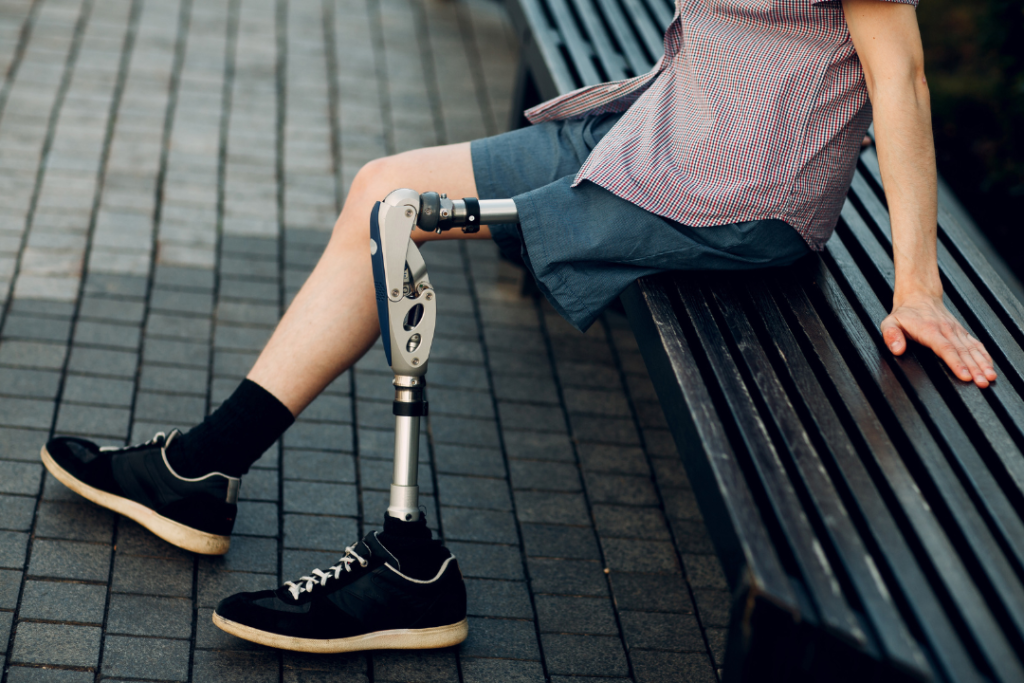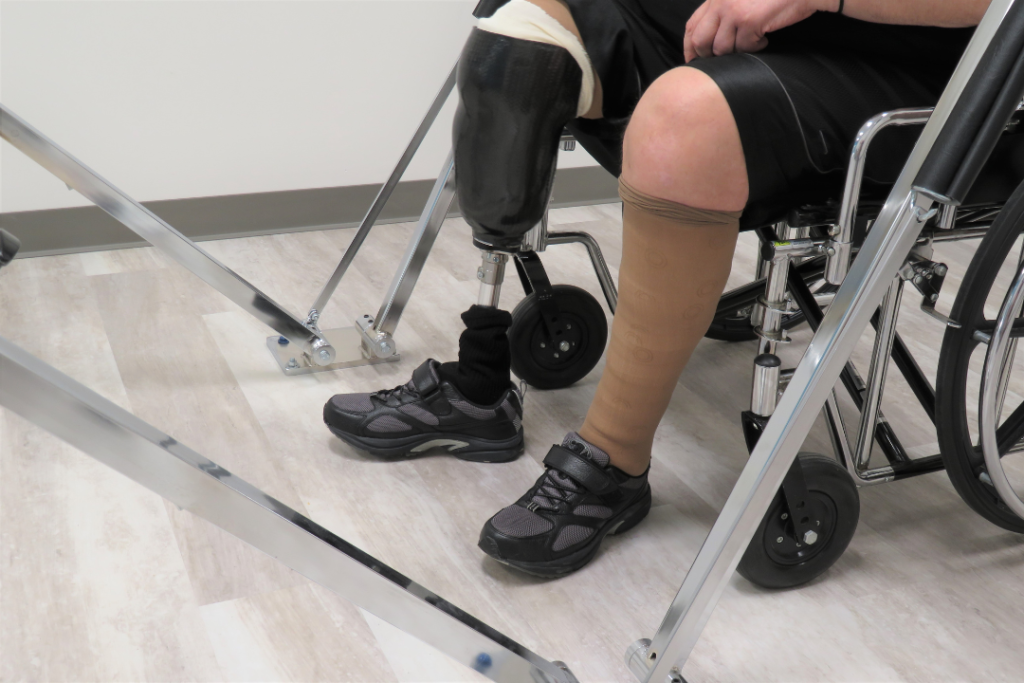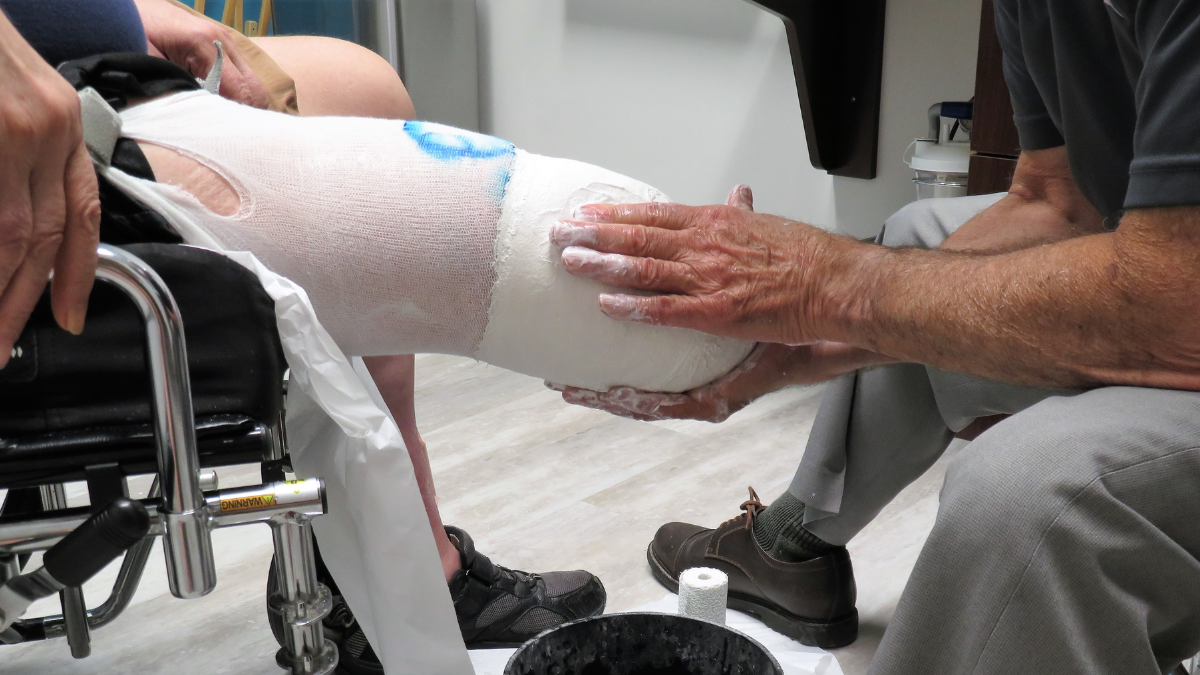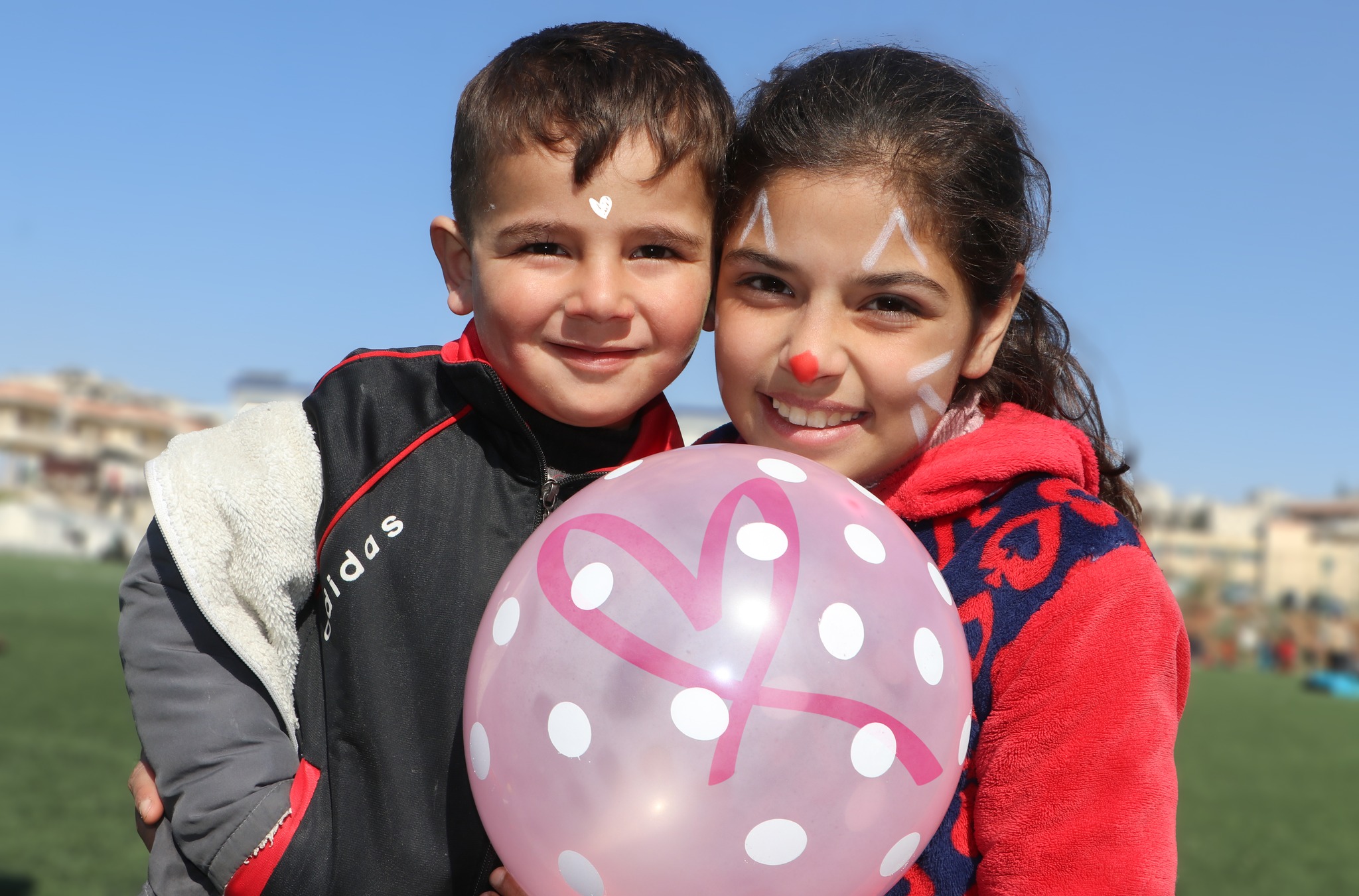Many refugees lost their limbs in the war, which left them with life-long disabilities.
Therefore, limb fitting for refugees is substantially crucial for them to proceed with their own lives and have a livelihood to provide for their families.
Your donations will help SEMA’s efforts to provide refugees, especially children who have lost their limbs with a new life by securing prostheses for them.
Types of prosthetics
There are several types of prosthetics which include:
Smart prosthetics
Smart prosthetics use machine learning in order to provide the wearer with intuitive control.
In addition, smart prosthetics can read the user’s intentions with the assistance of the rewired nerves and muscles they activate .
These kinds of prosthetics rely on electromyography (EMG) signals from the residual limb muscles for control.
This happens by placing sensors on the skin over the muscles on the limb, which are then interpreted as electric signals when the user contracts the muscles.

Traditional prosthetics
Traditional prosthetics rely mainly on body power to use the prosthetic device. For example, the prosthetic hand opens with a shrug of your shoulder and closes with the release of the shoulder.
A user of the prosthetic hand device could know that it is open or closed by the feeling of cable tension across the shoulders without looking at it.
However, a motorized hand is not as easy to use as you need to contract the remaining muscles of your arms in order to close it.
This happens when an electrical sensor is placed over the muscles to detect the contraction whereby the hand closes.
Read More:
3D printed prosthetics
Nowadays, 3D printing can be used to design and create artificial prosthetics that can be worn, such as legs, hands, and arms.
This is a new method for prostheses compared to the traditional techniques for creating wearable body parts.
The material used to create such 3D body prosthetics is lightweight and accessible to patients worldwide.
Also, using 3D printing to make prosthetics is less costly and time-consuming than traditional prosthetic devices.
The difference between 3D-printed prosthetics and traditional prosthetics
Traditional prosthetic equipment is manufactured from plastics, such as polypropylene, polyethylene, and acrylic resin.
On the other hand, 3D-printed prostheses are manufactured using ABS plastic or nylon bridges.
Because 3D prosthetic devices are cheaper to manufacture, traditional prosthetics are usually produced in large-scale quantities to cover overhead expenses.
Your donation would change injured refugees’ life
Your benevolent financial assistance can give new hope to many refugees, especially in war-ridden Syria to have a new life.
The war in Syria has left numerous refugees disabled and unable to resume their lives normally.
Help disabled refugees get back to work and earn an income
Such people with severe disabilities depend on the physical and financial assistance of others to go by their lives.
Many of the refugees have lost their sources of income due to their disabilities and now they are helpless and unemployed.
Therefore, your donations will pave the way for many disabled refugees to access prosthetic devices that will help them have a source of income to sustain their families and build their societies.

Help refugee children go back to school
Refugee children have been robbed of their childhood in the war by losing their limbs, which left them with life-changing disabilities.
These disabilities have hindered them from living their childhood and engaging in many activities that children of their age engage in. Such as going to school and playing with their peers.
Without your help, a gloomy future awaits those children, where they are left to suffer from poverty, helplessness, ignorance, diseases, and so on.
Your financial contributions will help those children have a new hope for a brighter future by providing them with artificial limbs to proceed with their lives.
Prosthetic devices will assist those children to go to school and engage with their peers again.
SEMA and limb fitting for refugees
At SEMA, we work on many projects to help refugees with disabilities proceed with their lives and earn a livelihood.
Your benevolent contributions will be funneled toward SEMA’s efforts to rebuild the future of disabled refugees.
Such efforts include providing refugees with disabilities with the necessary artificial limbs they need to ease their lives.
Most importantly, SEMA has supported the Syrian national project of prosthetic limbs, in which it helped with the installation of 2000 prosthetic limbs.
FAQ
What are three methods of attachment of a prosthesis to a residual limb?
There are mainly 3 main ways to attach a prosthesis to a residual limb. These include:
– Suction valve.
– Belt and harness.
– Locking pin.
How would you categorize an artificial limb?
There are mainly 3 major categories to classify artificial limbs. These include:
– Cosmetic prosthesis.
– Body-powered prosthetics.
– Myoelectric externally powered artificial limbs.
What are the four main types of artificial limbs?
There are mainly 4 types of prosthetics. These are:
– Transradial artificial limbs.
– Transfemoral prosthetics.
– Transtibial prosthesis.
– Transhumeral artificial limbs.
What is the difference between prosthetics and prostheses?
Prosthetics is the field of research on artificial limbs. On the other hand, a prosthesis is an artificial device used as a limb to replace the missing part of the body.
Can you wear a prosthetic leg all day long?
Wearing a prosthetic leg all day long or for long periods of time can cause the amputee’s leg skin to thicken and be leathery. In such a case, scaling, redness, edema, and fissuring can occur to the skin.
Resources
- Prosthetic vs. Prosthesis: The Correct Usage.
- WHAT ARE THE FOUR TYPES OF PROSTHETICS?
- Prosthetics – An Education of Artificial Limbs and Limb Replacement for Amputees.
- Are 3D Printed Prosthetic Devices More Affordable than the Traditional Prosthetic Devices?
- Bionic Movements:Connecting Mind and Machine.


